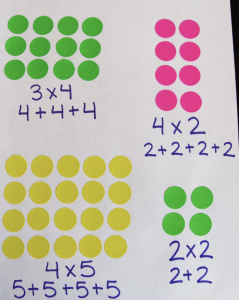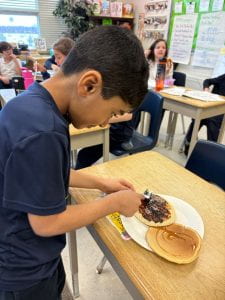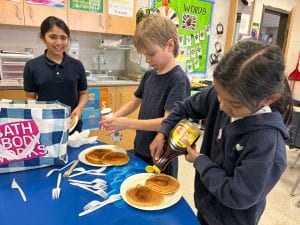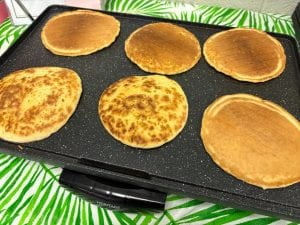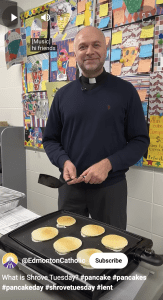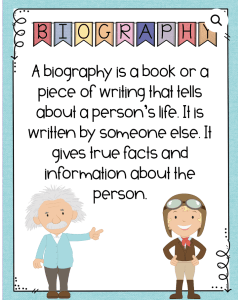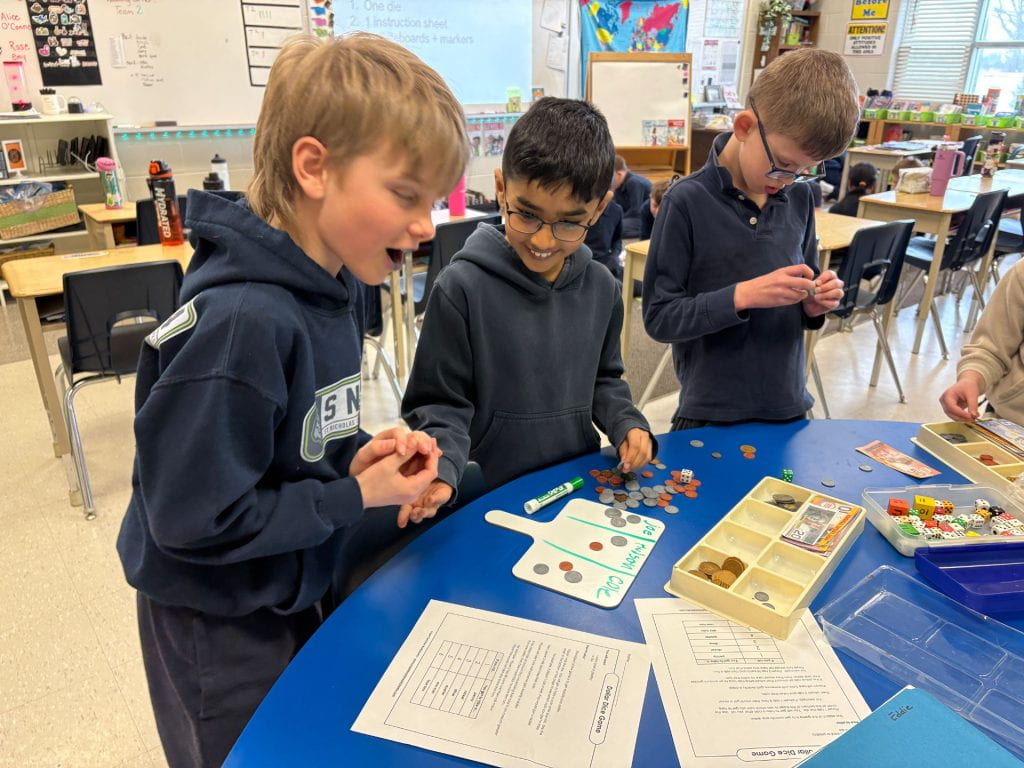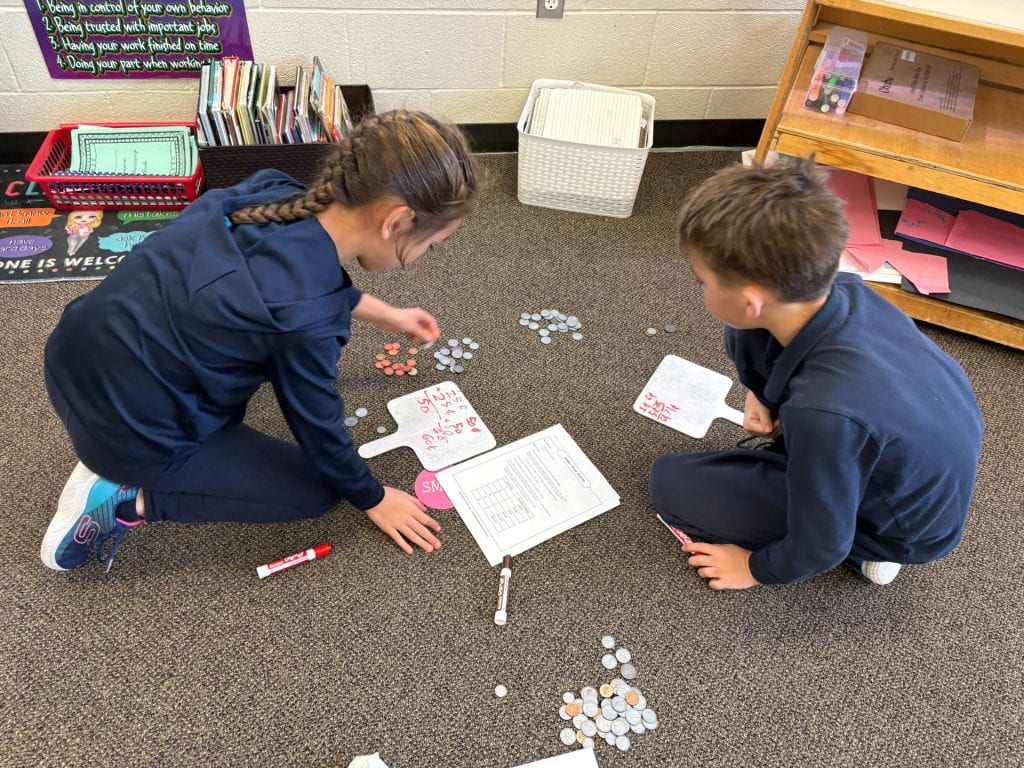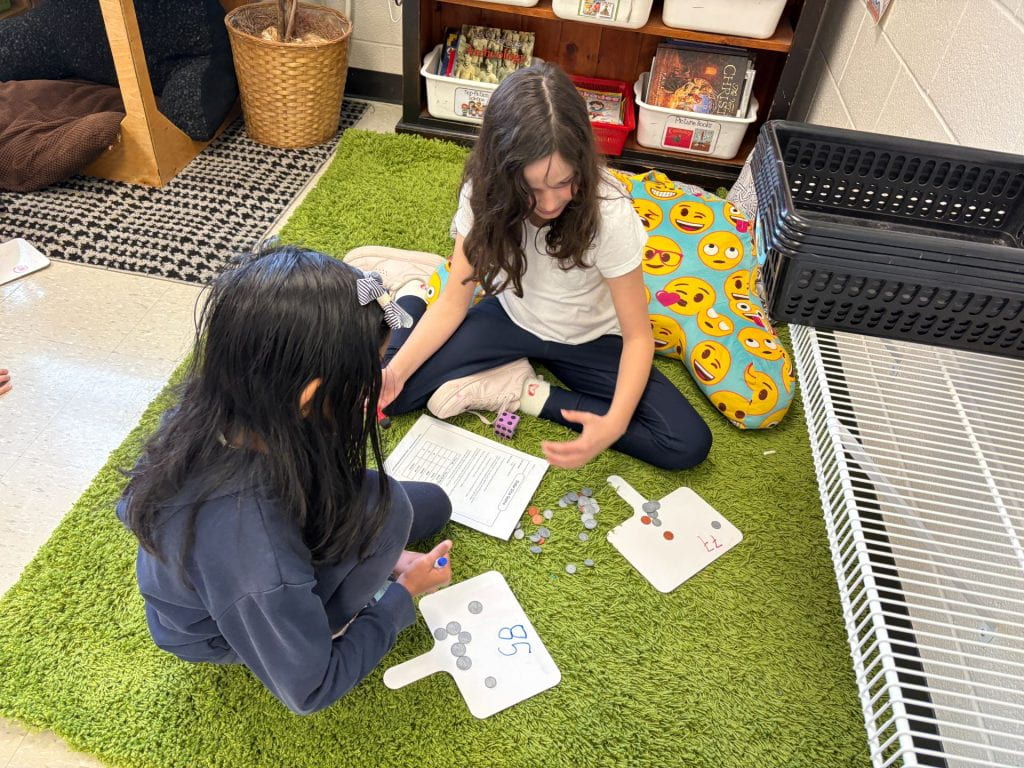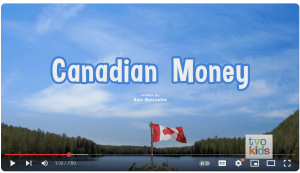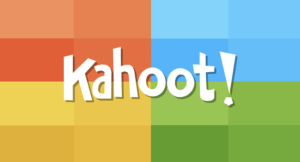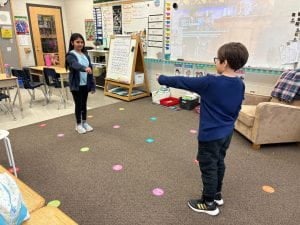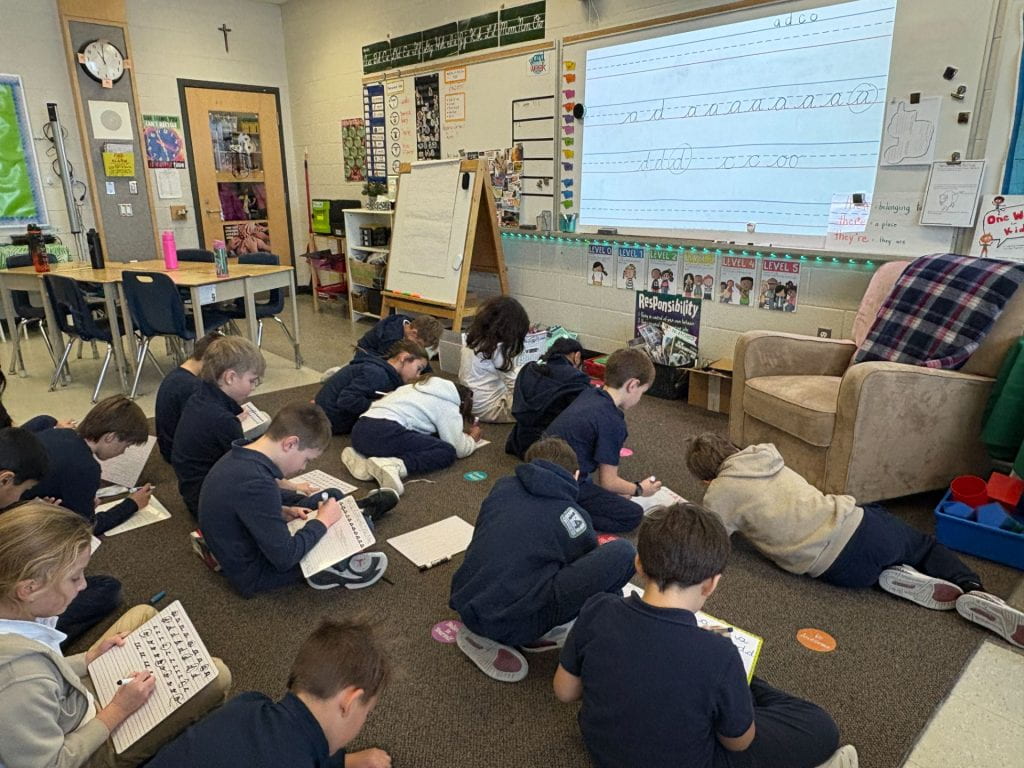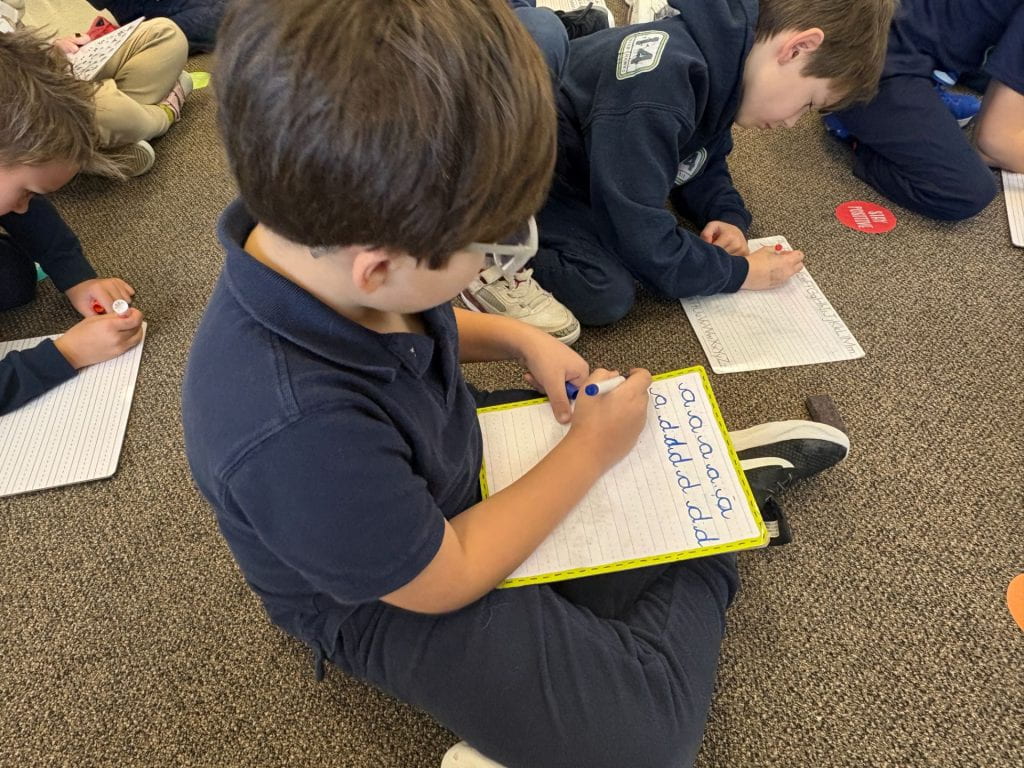Our class spent 5 days at the Museum of Ontario Archaeology learning all about the Indigenous peoples of our region. The site on which the museum sits was home to many Haudenosaunee who built longhouses. These longhouses are no longer there but archaeologists know exactly where they had been built because of what is called postholes.
Postholes: A posthole shows where a wooden pole or post once stood. When they are found by archaeologists, postholes usually look like dark circular or semi-circular stains in the soil because the hole was filled with different dirt.
The people who occupied the Lawson site likely chose the site for its strategic location. The plateau it sits on acts like a natural defense mechanism. They build a palisade that surrounds the entire village for protection.
We learned so many different things about archaeology and even became archaeologists ourselves! We went digging for artifacts in soil and even simulated an underwater excavation at the bottom of a lake! We used flashlights to help us find these items and we carefully recorded what we found, just like a real archaeologist!
We explored the inside and outside of a longhouse using virtual reality goggles and learned how the Indigenous peoples would have lived inside. Some of the foods they ate included the “3 sisters” which included
- squash
- beans
- maize. They even ate sunflower seeds, too.
We made many crafts during our week including our own artifacts out of clay, a clay pinch pot, a wampum keychain, a diorama of a longhouse, and a letter to a family member or friend written using a quill.
Wampum Belts
Wampum is a traditional shell bead and includes white shell beads and purple beads made from a hard-shelled clam. Before European contact, strings of wampum were used for storytelling, ceremonial gifts, and recording important treaties and historical events.
Here are some thinking questions for you:
- What is midden?
- What kind of meat would the Indigenous people have eaten?
- What did they make with maize?
- Where did the Haudenosaunee sleep when inside the longhouse?
- How many people could live in a longhouse?
- What types of tools do archaeologists use?
- Where in the soil would really old artifacts typically be found?
- What does “Haudenosaunee” mean?
- What are 4 reasons why the Indigenous peoples chose the Lawson site to build their settlement?
What was one thing you really enjoyed about Museum School? What will you miss?

